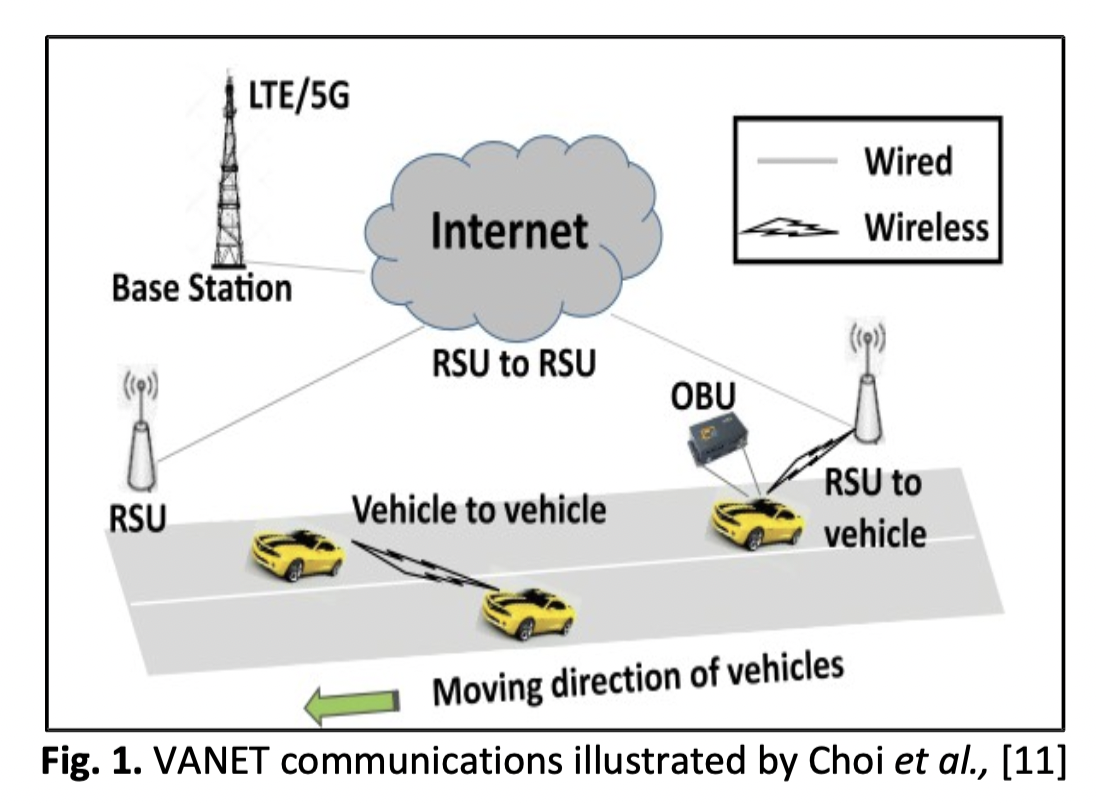Investigation Performance Analysis and Evaluation of VANET Routing Protocol on Urban Scenario Simulation: A Case Study of Melaka
DOI:
https://doi.org/10.37934/araset.42.2.2737Keywords:
VANET, QoS, ns-3, SUMOAbstract
Vehicles on the road create a VANET network using IEEE 802.11P for wireless data exchange. However, VANET is challenging since the characteristics of VANET such as high mobility and frequent topology making it harder to design an effective routing protocol. The needs of an efficient performance routing protocol are crucial since it is to ensure a better network Quality of Service (QoS). In this paper, the evaluation of the IEEE 802.11P performance is simulated in real-world scenario using the Melaka City roadmap. In an urban setting, the impact of vehicle density on the performance of VANET routing protocols including OLSR, AODV, and DSDV are examined. Reviewing the effectiveness of the current VANET routing protocols is the goal of this research since it is crucial to know which routing has high performance under specific circumstances. Quantitative measurements including Packet Delivery Ratio (PDR), Packet Loss Ratio (PLR), and end-to-end delay are evaluated using the Network Simulator NS-3 and SUMO. Findings from the investigation show that while proactive routing protocols like OLSR and DSDV perform better in terms of end-to-end delay, AODV performs exceptionally well in terms of PDR and PLR.
Downloads





























